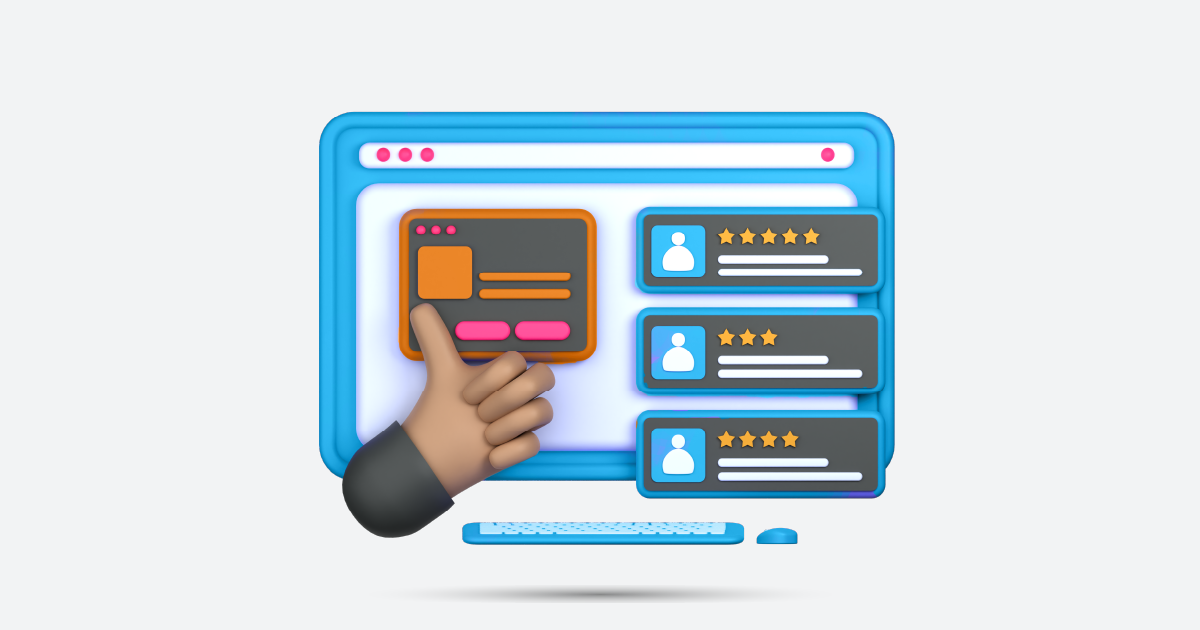In the ever-evolving digital landscape, social listening has emerged as a crucial tool for businesses aiming to understand their audience, enhance brand reputation, and boost overall engagement. As technology continues to advance, mastering the art of social listening becomes imperative. In this comprehensive guide, we’ll explore the social listening best practices that will empower you to harness the power of social media listening effectively.
Social Listening Best Practices: Navigating the Digital Landscape

Understanding Social Listening
Social listening, also known as social media monitoring, involves tracking online conversations to gain valuable insights into what people are saying about your brand, industry, or any relevant topic. It goes beyond simply monitoring mentions; it delves deep into understanding sentiments, trends, and customer preferences.
1. Choosing the Right Tools
Selecting the appropriate social listening tools is the first step toward successful implementation. Tools like AIM Insights, Brandwatch, and Mention offer diverse features, allowing businesses to monitor various platforms and keywords effectively.
2. Defining Your Objectives
Clearly outline your social listening goals. Whether it’s monitoring brand mentions, tracking competitors, or analyzing customer sentiments, having specific objectives will guide your social listening strategy.
3. Identifying Relevant Keywords
Carefully curate a list of keywords and phrases relevant to your industry. These keywords serve as the foundation for monitoring conversations related to your brand and industry, ensuring you don’t miss out on essential discussions.
4. Analyzing Sentiments
Understanding the sentiment behind social media mentions is crucial. Utilize sentiment analysis tools to categorize mentions as positive, negative, or neutral. This nuanced understanding enables businesses to respond appropriately.
5. Engaging with Your Audience
Social listening is not just about observation; it’s about active participation. Engage with your audience by responding to comments, addressing concerns, and appreciating positive feedback. Building genuine relationships fosters brand loyalty.
6. Monitoring Competitors
Keep a close eye on your competitors’ online activities. Analyze their social media strategies, customer interactions, and overall sentiment. This insight can help you identify gaps in their approach, giving you a competitive edge.
7. Adapting to Trends
Stay updated with industry trends and viral topics. Social listening allows you to identify emerging trends, enabling you to create relevant and timely content that resonates with your audience.
8. Leveraging User-Generated Content
Encourage user-generated content and monitor how your audience talks about your brand. User-generated content not only provides valuable insights but also serves as authentic testimonials, boosting your brand’s credibility.
9. Collaborating Across Departments
Social listening shouldn’t be confined to the marketing department. Collaborate with customer support, product development, and sales teams. The insights gathered can influence various aspects of your business, leading to holistic improvements.
10. Measuring and Iterating
Regularly measure the effectiveness of your social listening efforts. Key metrics include engagement rates, sentiment trends, and customer satisfaction scores. Use these insights to iterate and refine your social listening strategy continually.
Conclusion
In conclusion, social media listening is not merely a tool; it’s a gateway to understanding your audience’s thoughts, emotions, and preferences. By embracing these social listening best practices, businesses can forge meaningful connections, enhance their offerings, and ultimately thrive in the digital landscape.
Ready to transform your social listening strategy and elevate your brand’s online presence? Request a demo from AIM Technologies today and discover how our advanced social listening solutions can empower your business. Don’t miss out on valuable insights – take action now!
Frequently Asked Questions
Q1: What is social listening, and why is it important for businesses?
- Social listening involves tracking online conversations to gain insights into brand perception and customer sentiments. It’s essential for businesses as it helps in understanding customer preferences, improving products/services, and enhancing brand reputation.
Q2: How often should businesses engage in social listening activities?
- The frequency of social listening activities depends on the business’s size and industry. However, regular monitoring, at least several times a week, is recommended to stay updated with customer feedback and industry trends.
Q3: Can social listening help in crisis management?
- Yes, social listening is invaluable during a crisis. It enables businesses to monitor public sentiment, address concerns promptly, and take appropriate actions to manage the situation effectively.
Q4: Are there free social listening tools available for businesses?
- Yes, several social listening tools offer free versions with limited features. Examples include Google Alerts and Social Mention. However, for comprehensive and detailed insights, businesses often opt for paid tools.
Q5: How can social listening data be integrated into marketing strategies?
- Social listening data provides valuable consumer insights that can shape marketing strategies. Businesses can use this data to create targeted content, personalize marketing campaigns, and enhance overall customer experience.




